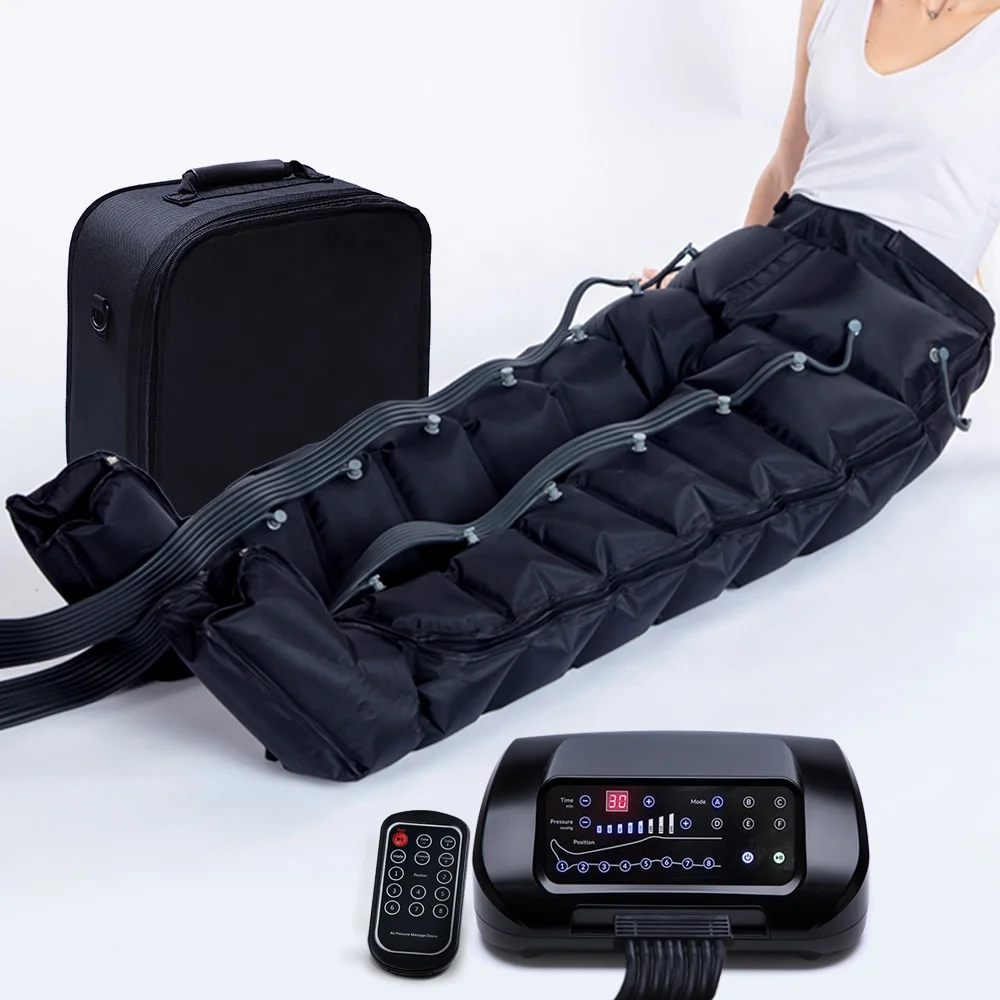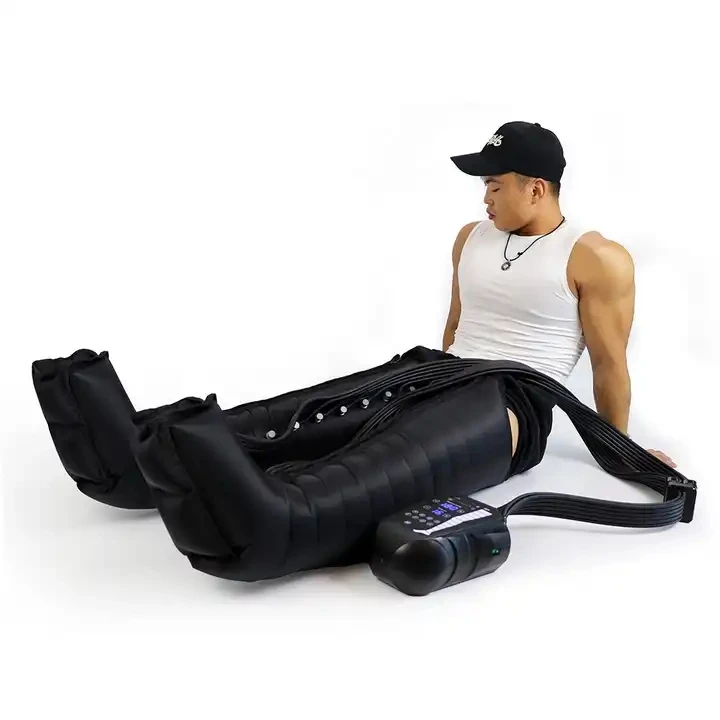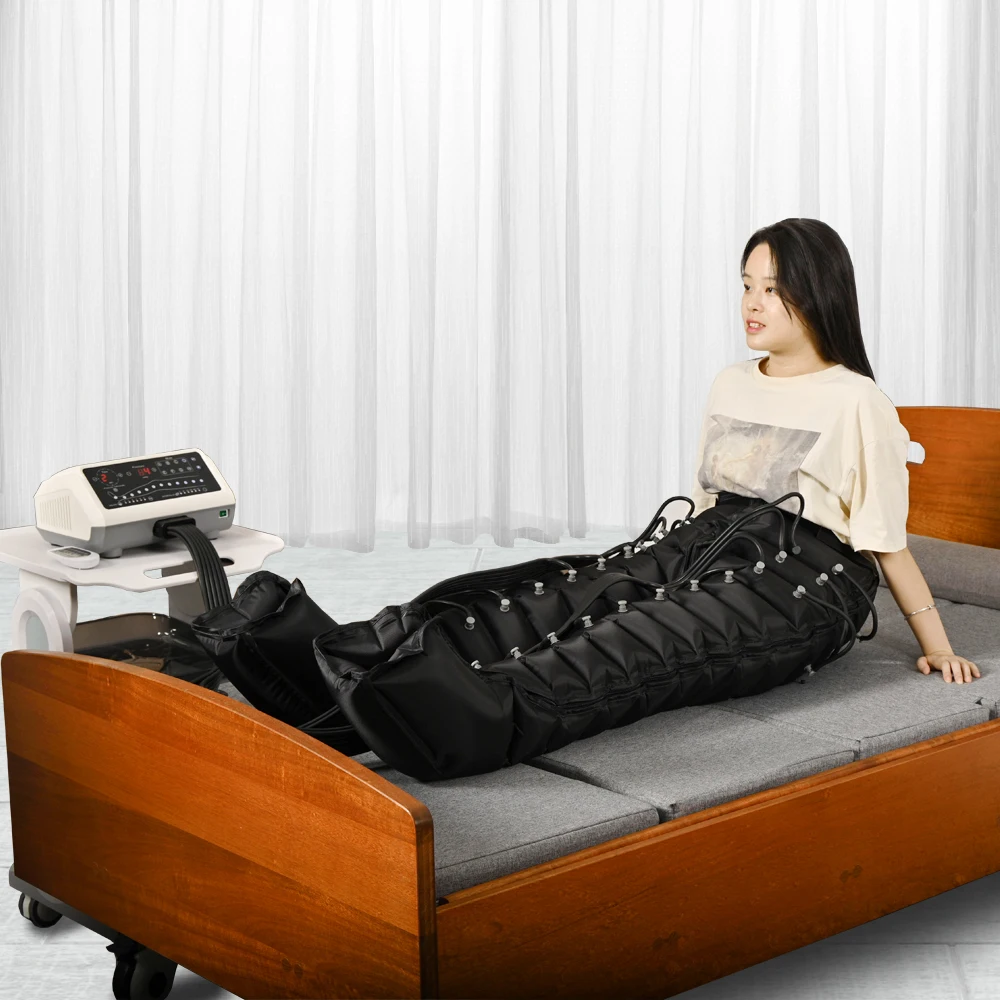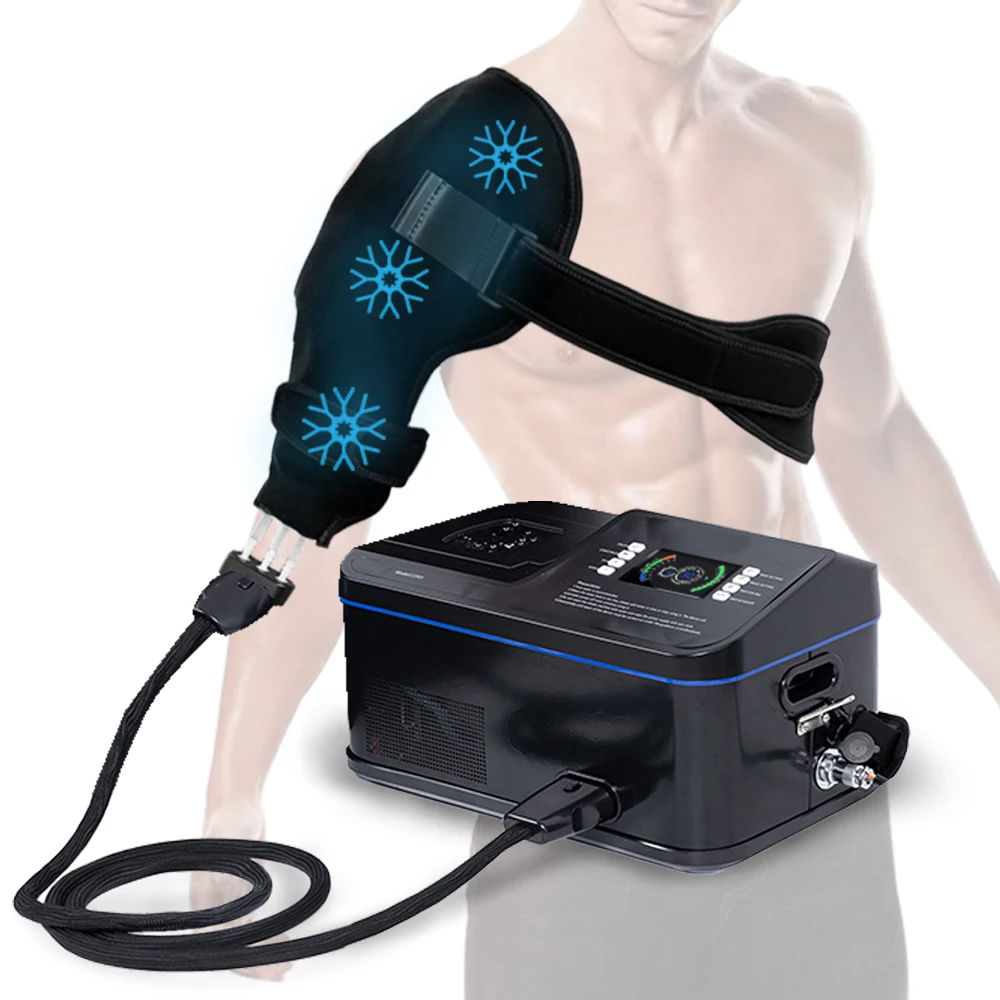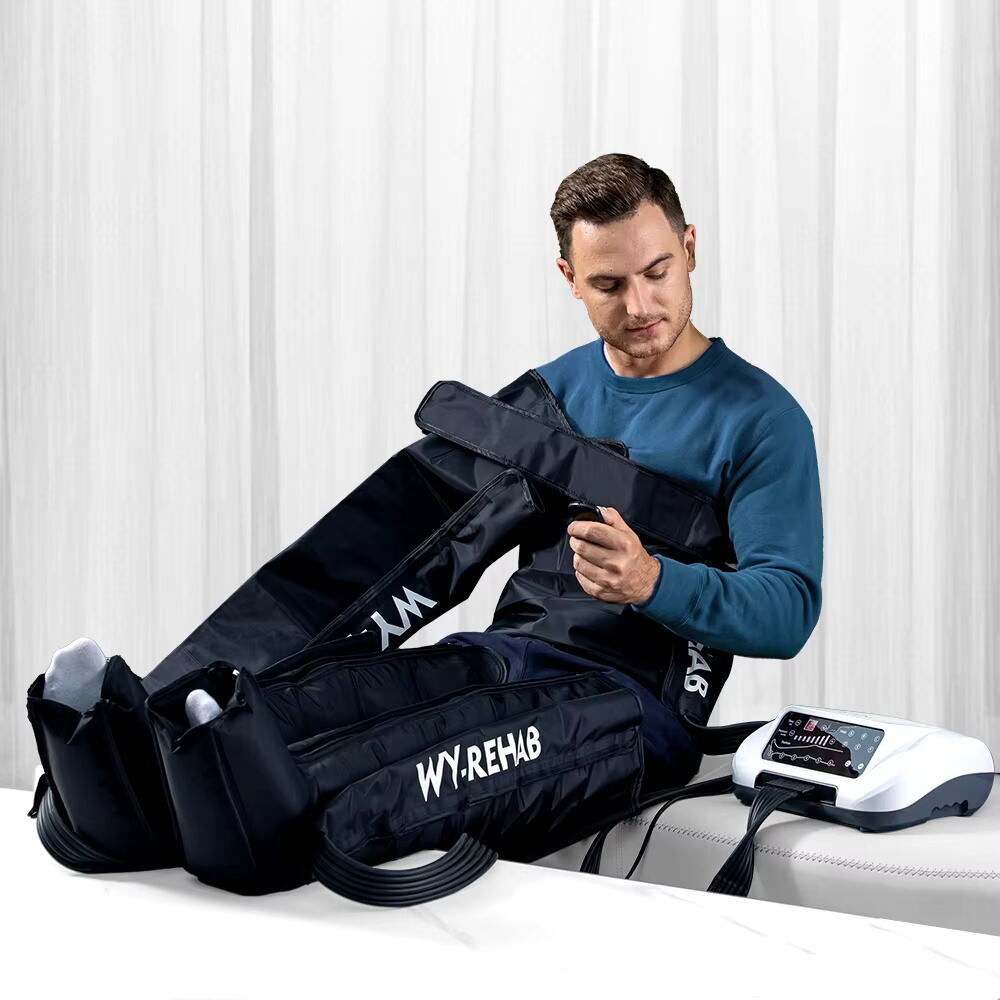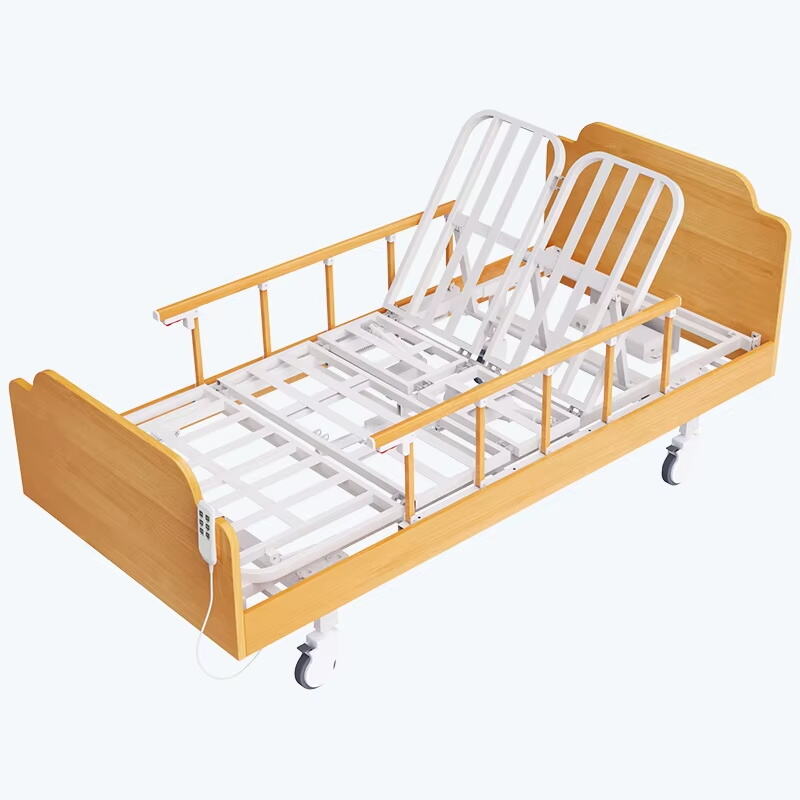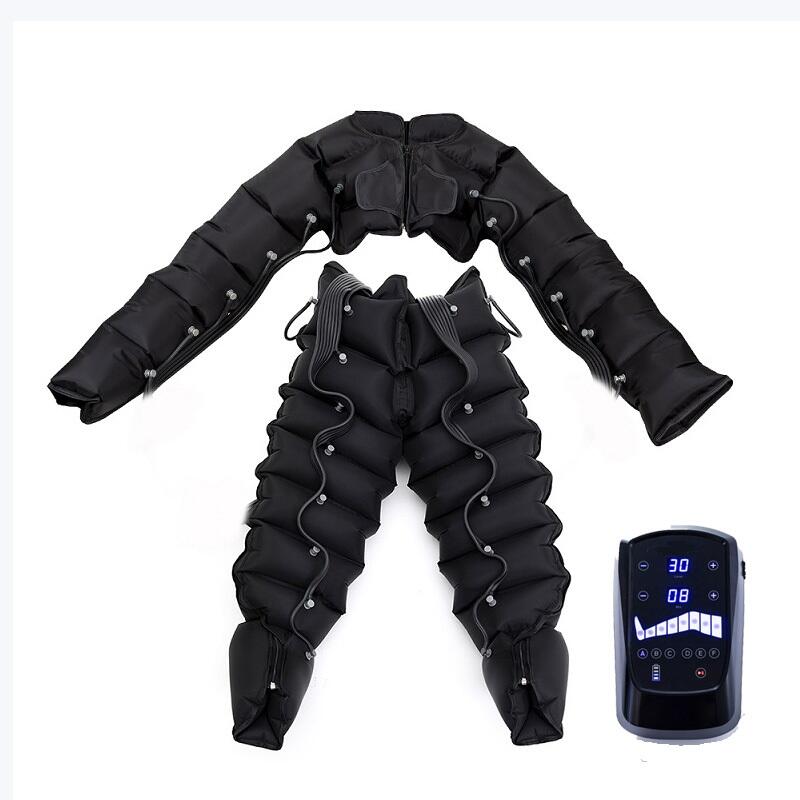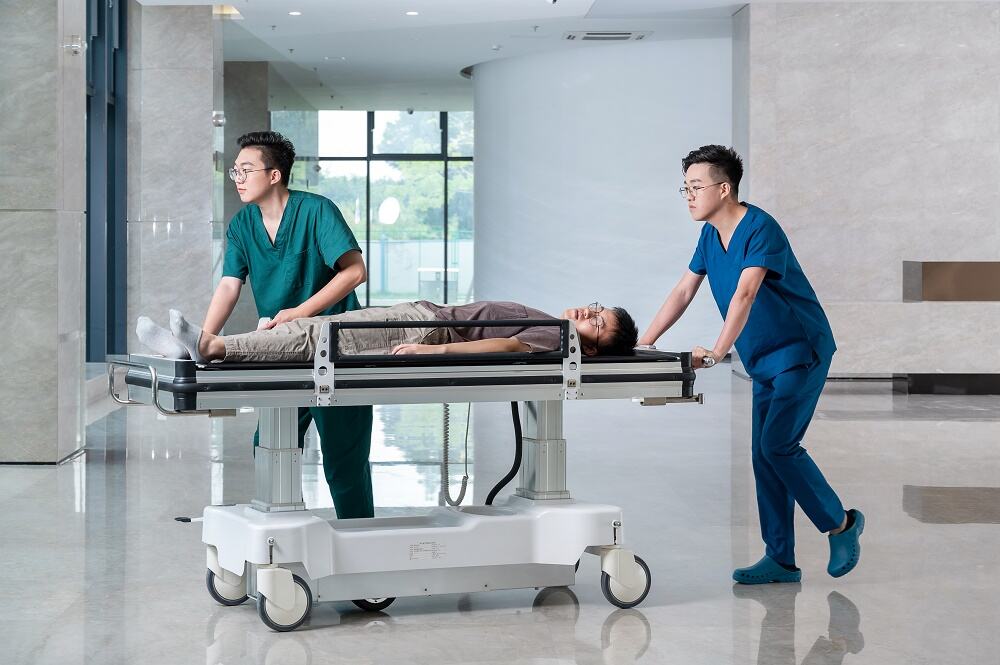transfer of patient from bed to stretcher
The transfer of patients from bed to stretcher is a critical healthcare procedure that ensures safe and efficient patient movement within medical facilities. This process involves specialized equipment and techniques designed to minimize the risk of injury to both patients and healthcare workers. Modern transfer systems incorporate advanced ergonomic features, including adjustable height mechanisms, smooth-rolling wheels, and secure locking systems. The procedure typically utilizes transfer boards or sliding sheets made from low-friction materials to facilitate smooth movement. Healthcare professionals must consider factors such as patient condition, weight, mobility level, and any medical attachments when executing the transfer. The process requires careful coordination between staff members, proper positioning of both the bed and stretcher, and clear communication with the patient. Advanced transfer systems may include powered assistance mechanisms, safety rails, and specialized grips to enhance control during the movement. This essential healthcare procedure is fundamental in various medical settings, from emergency departments to long-term care facilities, ensuring patient comfort and safety while maintaining healthcare worker well-being.

